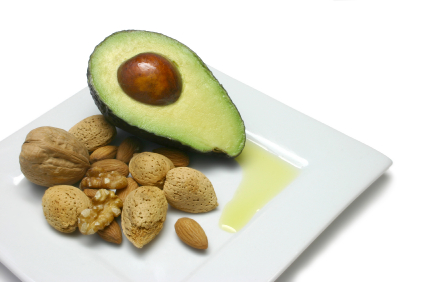Low carb…no carb. We’ve heard it all. The truth is that most people make the decision to follow these types of diets without knowing the nutritional importance of carbohydrates to the body. For example, carbs are the primary source of energy for almost all of the body’s requirements. Healthy diets consist of 45-65 percent carbohydrates. Half of carbohydrate intake should consist of whole grain products. Vegetables, legumes, and fruits should be a staple as well. Carbohydrates are the primary sources of the body’s energy in a healthy diet.
Carbs can be classified as one of two types: simple carbs (sugars) and complex carbohydrates. Complex carbs can be broken down further into three categories: glycogen, starches and fibers. Each of these plays an important role in nutrition and energy.
Simple Carbs: Sugars
There are a total of six simple carbohydrates, but the most familiar are glucose, fructose, and sucrose. Glucose is important because it is the building block of almost all carbohydrates, simple and complex. It is an important source of energy for activity.
Fructose, the sweetest of the sugars, can be found naturally in fruits and honey. The body absorbs fructose slowly; therefore it produces a smaller rise in blood sugar.
Sucrose is formed when glucose and fructose are chemically bonded together. Some fruits, vegetables, and grains contain sucrose.
Weight gain that is usually attributed to sugar is often the result of overindulgence of sugary foods. These foods provide the immediate “sweet” satisfaction, but they may not have adequate amounts of nutrients (remember the Nutrient Density section of our article “The Six Principles of Diet Planning”).
Rather than trying to avoid all sugars, simply concentrate first on eating foods that are high in nutrients.
Complex Carbs: Glycogen, Starches, and Fiber
Glycogen and starches are both stored for energy; glycogen is stored as energy in animal bodies and starches are stored as energy in plants.
Glucose is the main ingredient in glycogen and starches. It is a very important part of our energy needs. When we eat carbs, our bodies break these carbohydrates down into glucose. The glucose is then stored in the body as glycogen. When we need energy, stored glycogen is broken down to release glucose (sugar) into the bloodstream.
Starches can be found in foods like potatoes, yams, peas, beans, wheat, and rice. Just as our bodies store glucose in the form of glycogen, plants store glucose as starches. When we eat these plants, our bodies break down the starches into glucose and store it as glycogen for later use.
Fibers are found in the structural parts of plants – in foods such as oats, barley, legumes, citrus fruits, whole grains, bran, and vegetables. Because our bodies cannot break down fiber, they pass through the body without providing any energy; but they still serve an important role. Fiber helps lower cholesterol, protect against heart disease, facilitate bowel movements, and prevent constipation. Fiber also stays in the stomach longer than other carbohydrates (which are typically digested in 1 to 4 hours), giving us a “full” feeling for a longer period of time.
The Takeaway
Insufficient supplies of carbohydrates in your diet can be dangerous to your body’s metabolism. Carbohydrates are broken down into glucose, stored as glycogen, and later used for energy. Approximately one third of our glycogen count is stored in the liver and is used for normal energy requirements. The other two thirds are stored in our muscles for use during periods of exercise. Although the body has internal mechanisms to regulate the amount of glucose in the bloodstream based on energy requirements, eating at regular intervals is an important part of keeping blood glucose levels constant.
 Diet Tips…As Easy As A-B-C!
Diet Tips…As Easy As A-B-C!